Halali Camp
I omitted in Part 1 to mention the fellow tourists at Etosha. They were almost all Europeans with very few locals about. And the way they tour is to hire a camper bakkie with a tent on the roof and head for the bush. Many was the time that they would stop to find what Steven and I were looking at only to go away disappointed that it was only birds. In fact we saw not one other photographer amongst them.
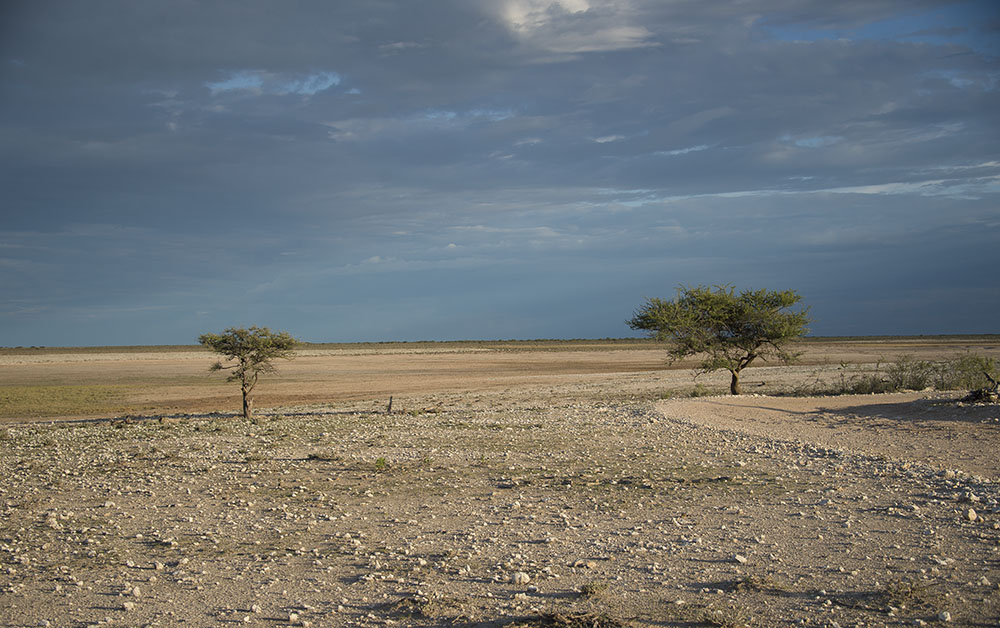
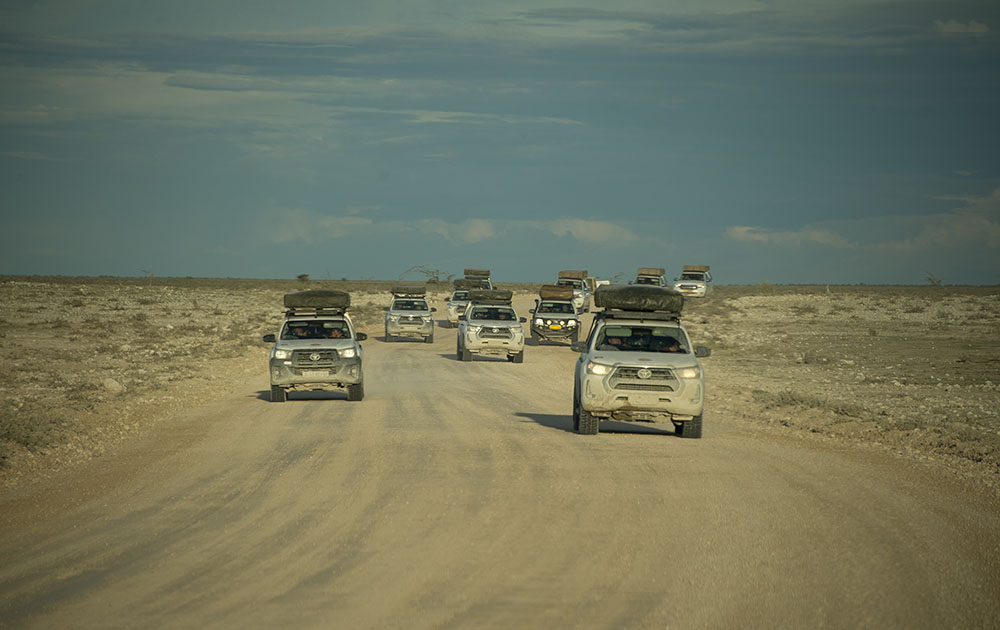
Wednesday, 10th
We leave Okaukuejo at about 10am after spending a while photographing birds in camp. Our destination, Halali, is some 75km eastward and it is better that we travel during the heat of the day. About halfway along the road, we turn along a road that runs down to the pan and standing quite placidly next the road is a Black Rhino and calf.
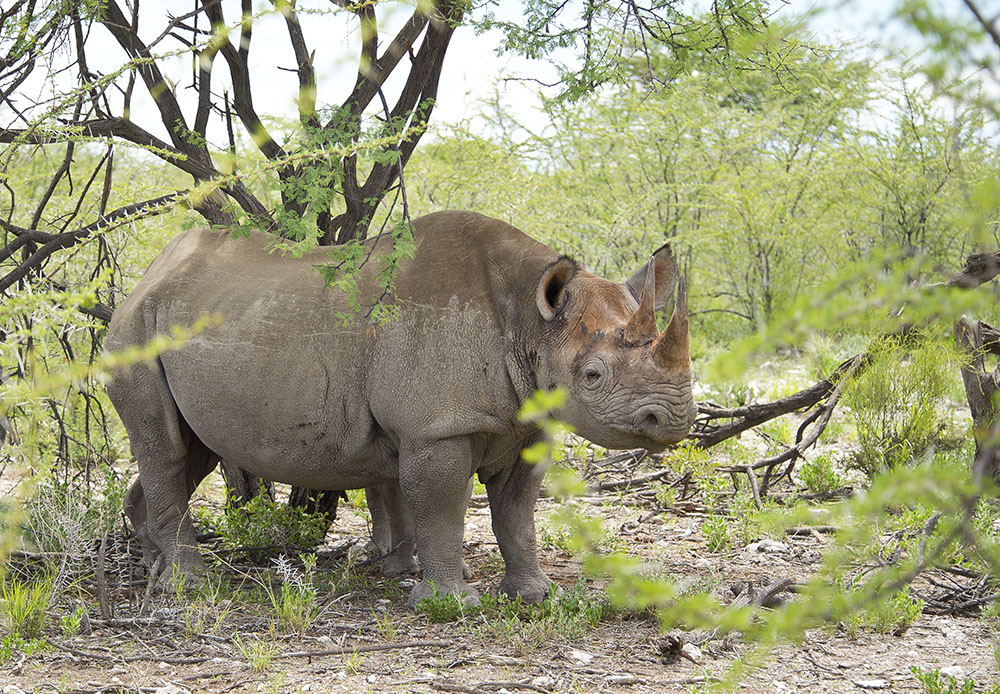
As we drive eastward, the vegetation greens and thickens and trees appear. The roads are sometimes really badly corrugated and we finally arrive at Halali rather flustered.
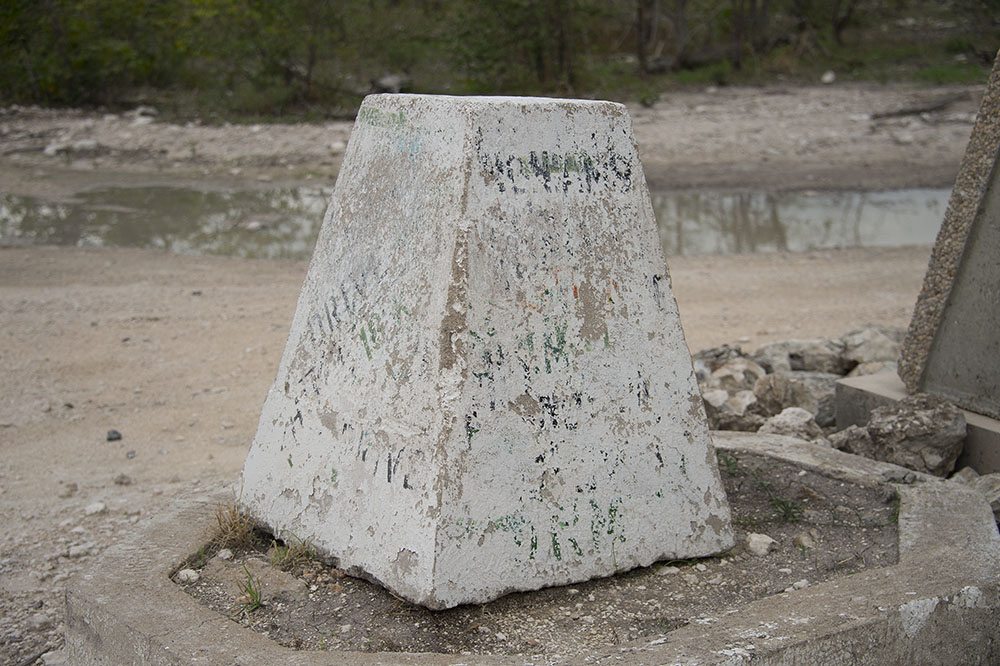
The name Halali derives from the horn blown at the end of a hunting day by the early German hunters in the area.
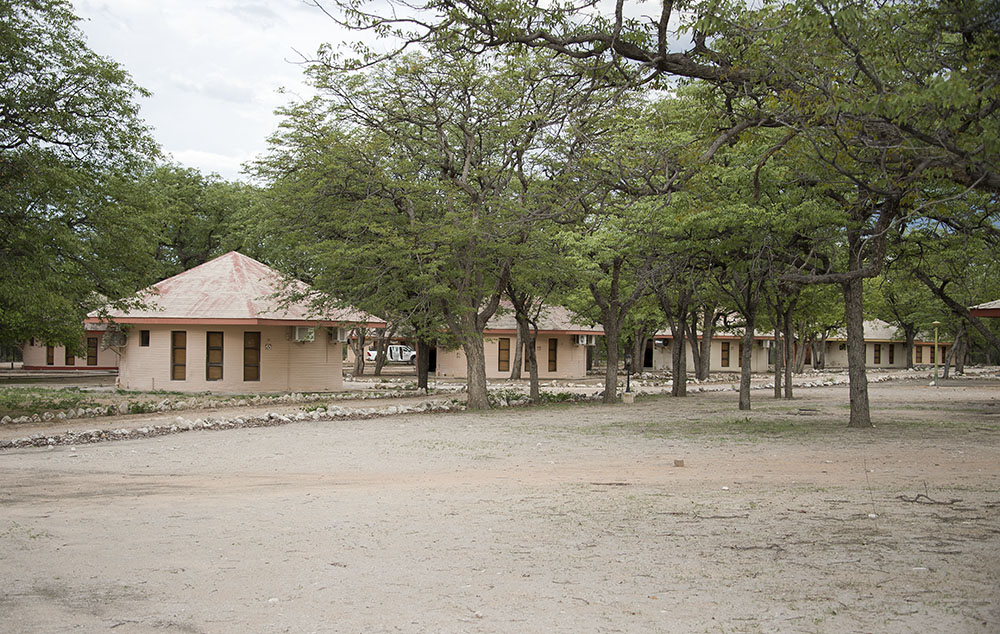
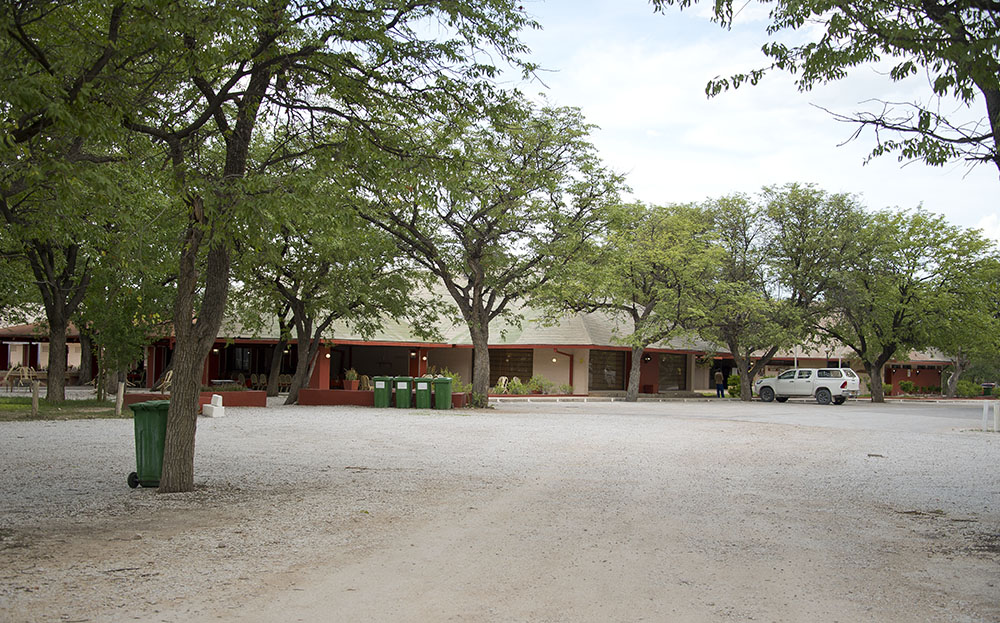
Late afternoon, we make an exploratory trip along a road running south east of the camp. Mopane trees line the road and we see very little. The whole of Etosha is extremely flat so it is quite unusual that three prominent koppies are in close proximity to the camp. They are formed from resistant dolomite rock and are to be seen from quite a distance.
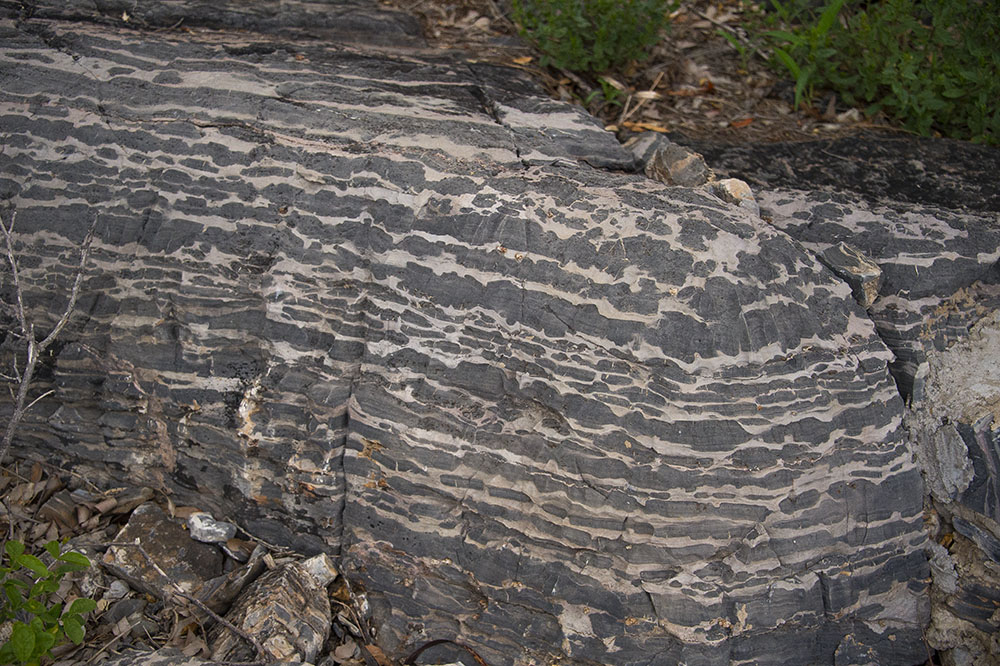
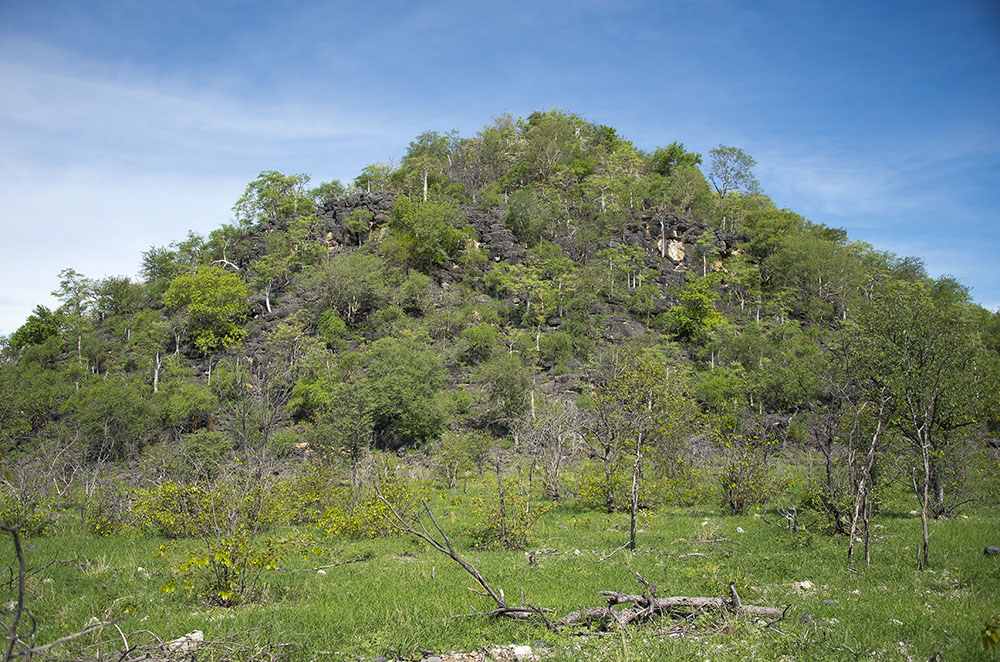
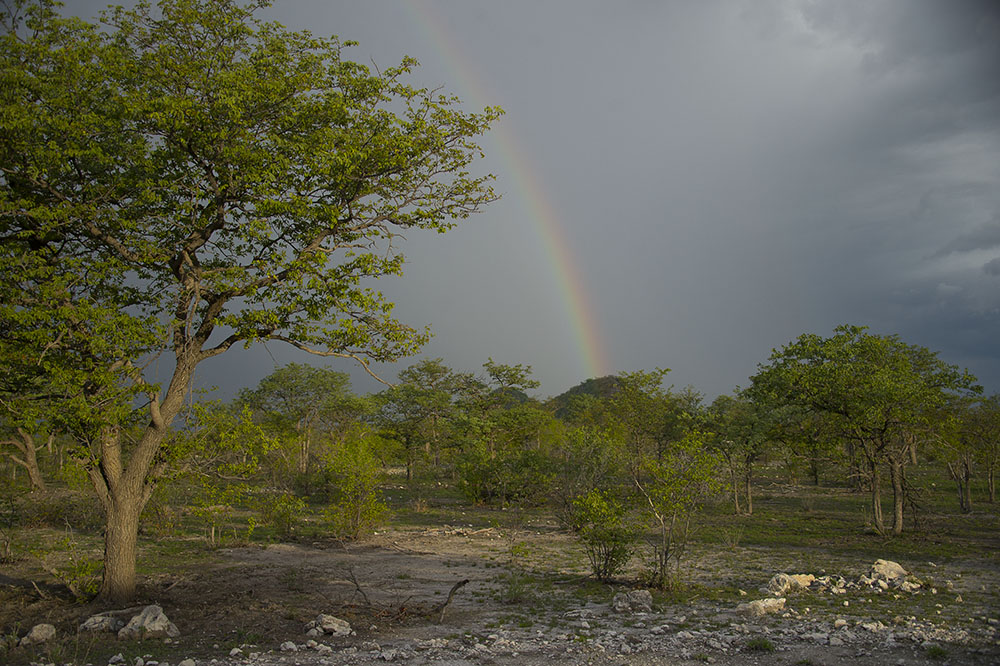
Thursday, 11th
After our usual early breakfast we are quickly out of the gates and take the road westward along the edge of the pan. There is much to keep us busy.

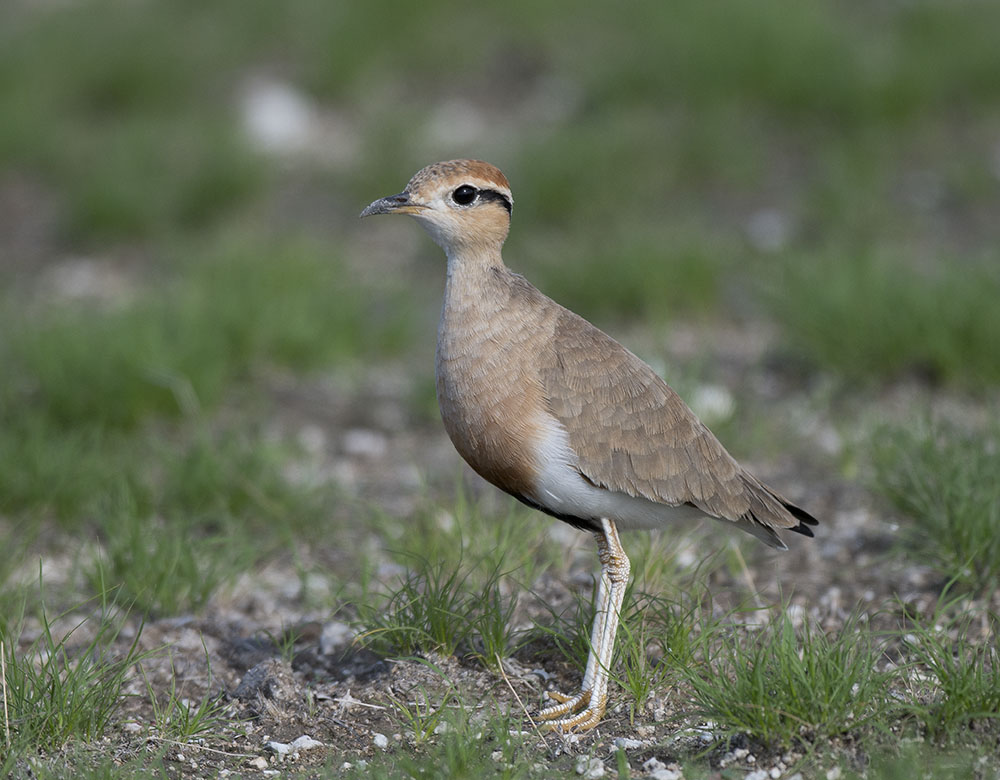
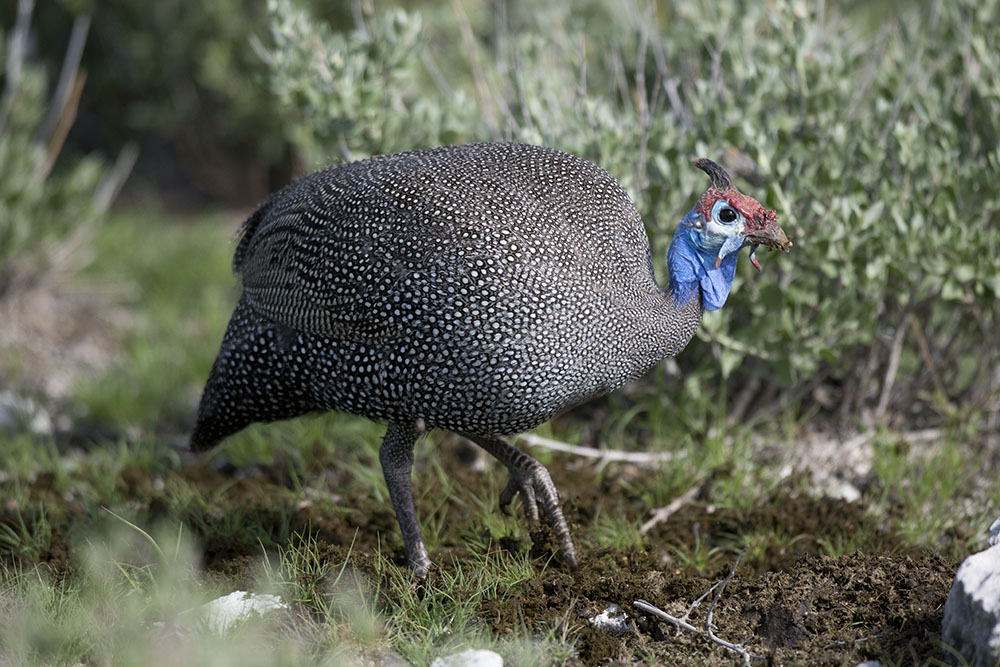
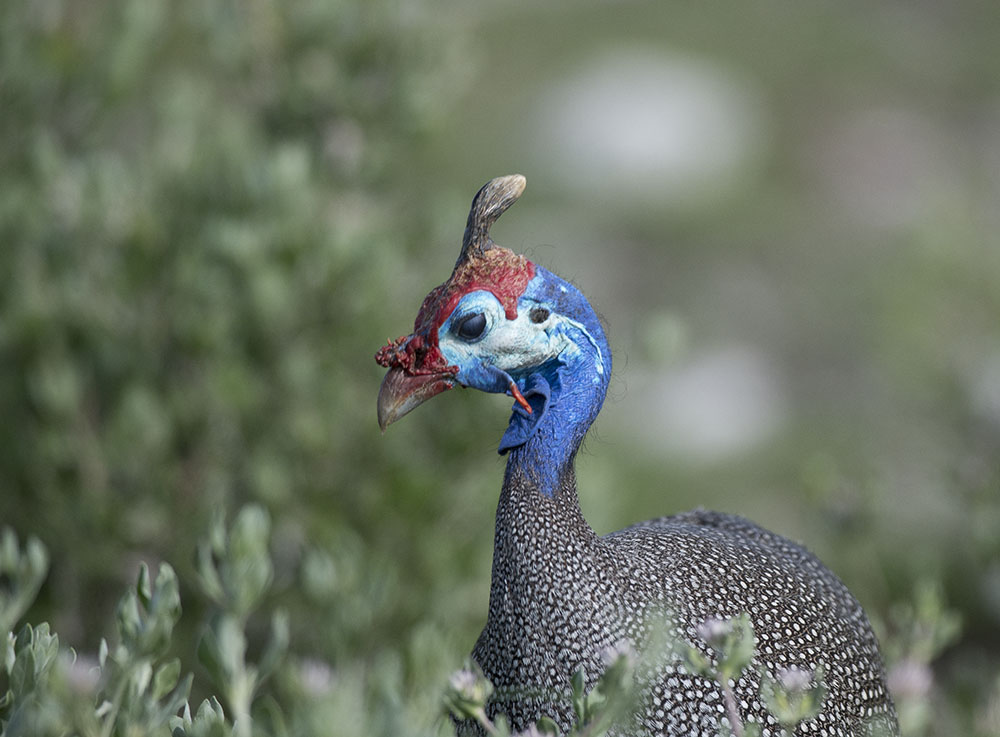

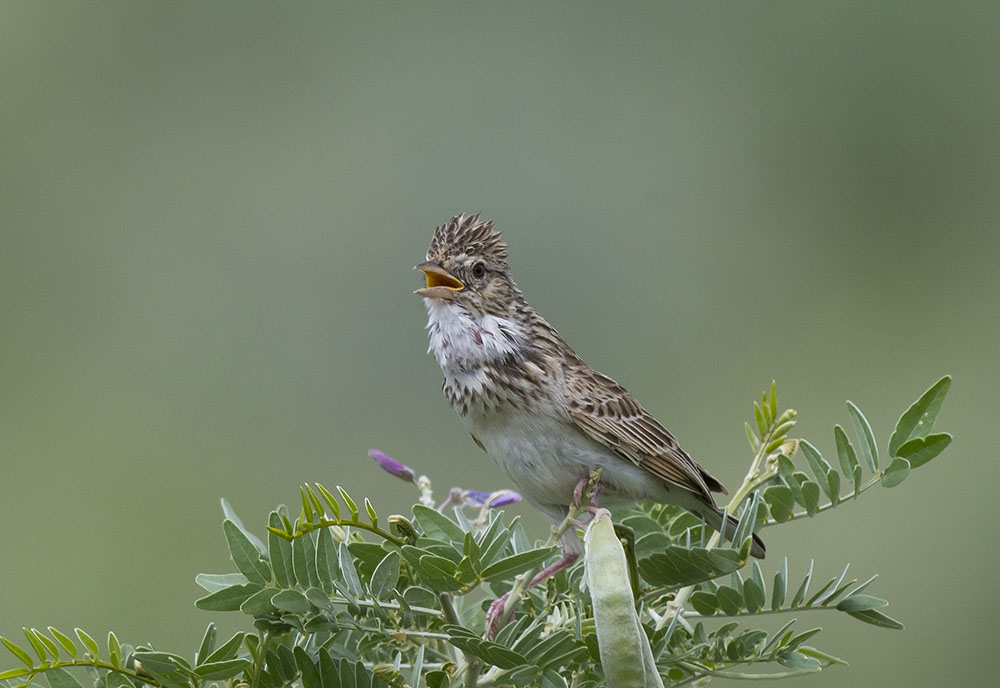
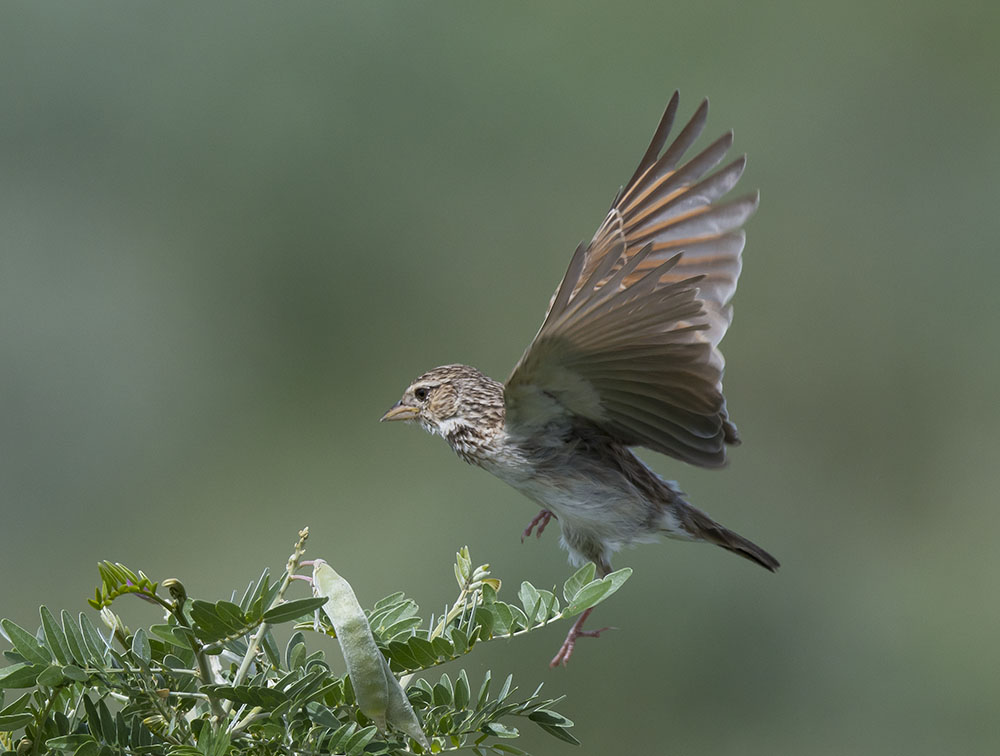

This afternoon we take a road north-east of camp and it proves excellent.
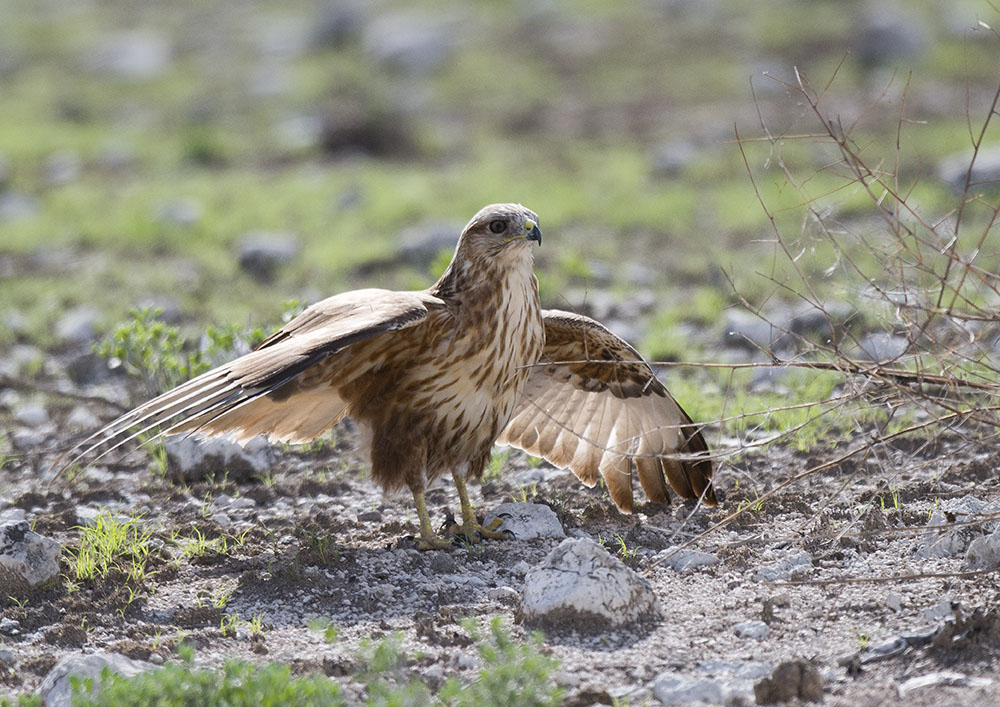
At the northern end of the road, we take the Etosha Lookout road that is actually built out onto the pan itself.
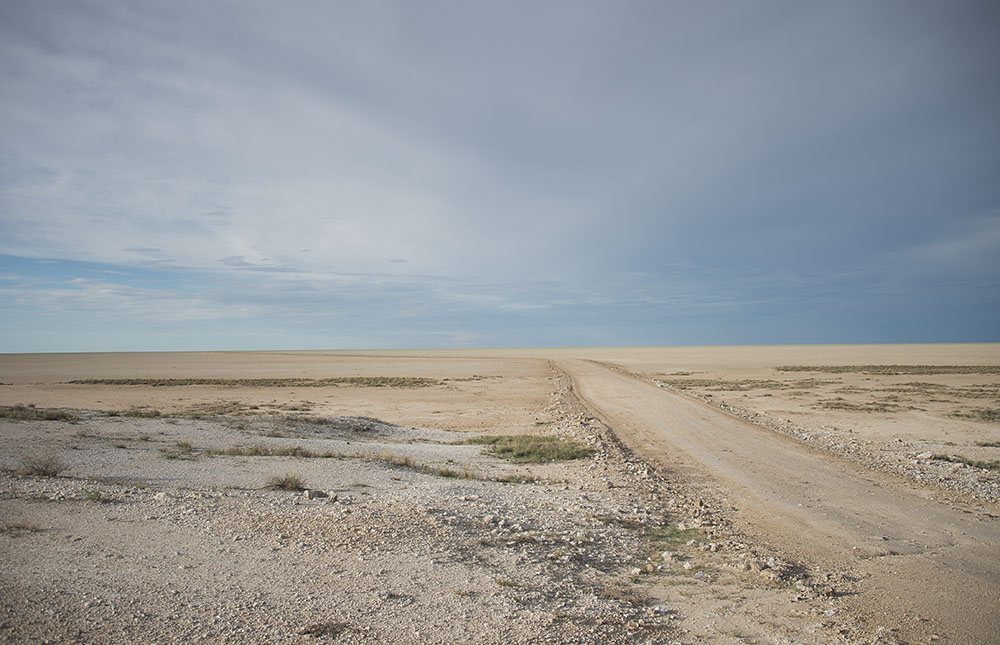
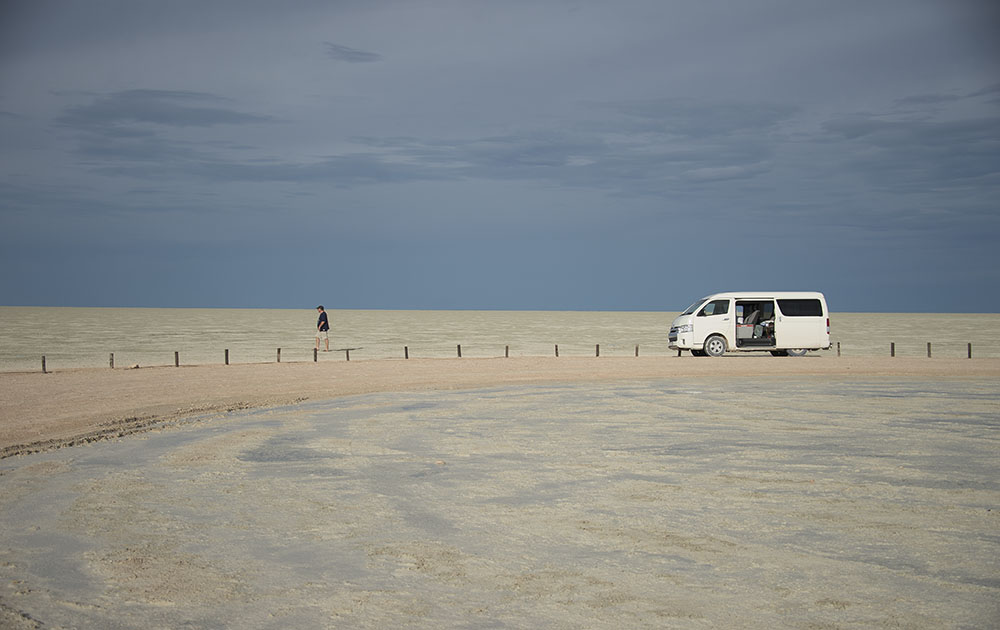
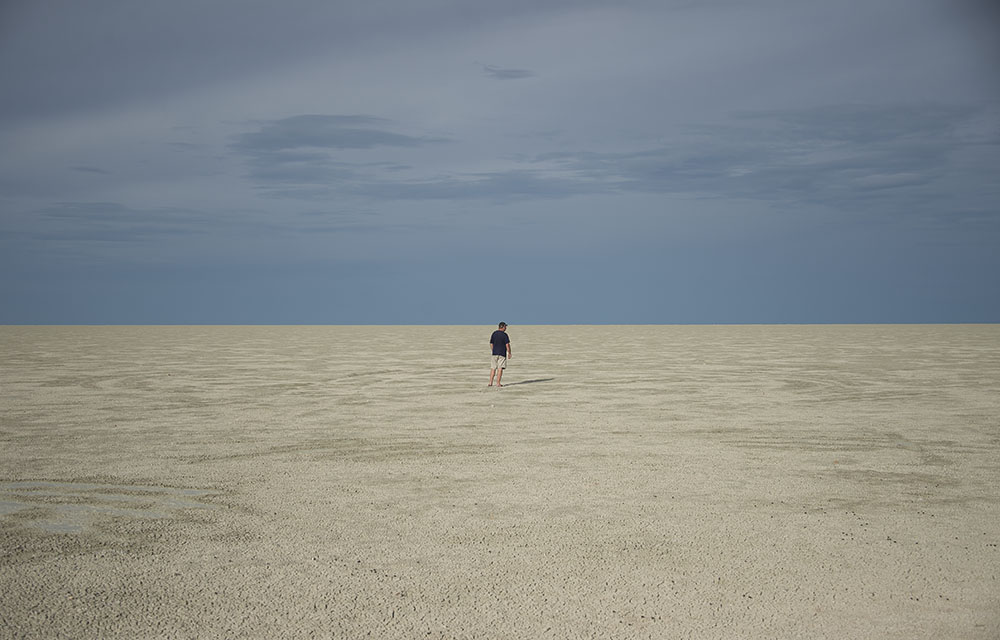
On the way back to camp we come across a very distant beautiful Lesser Kestrel.
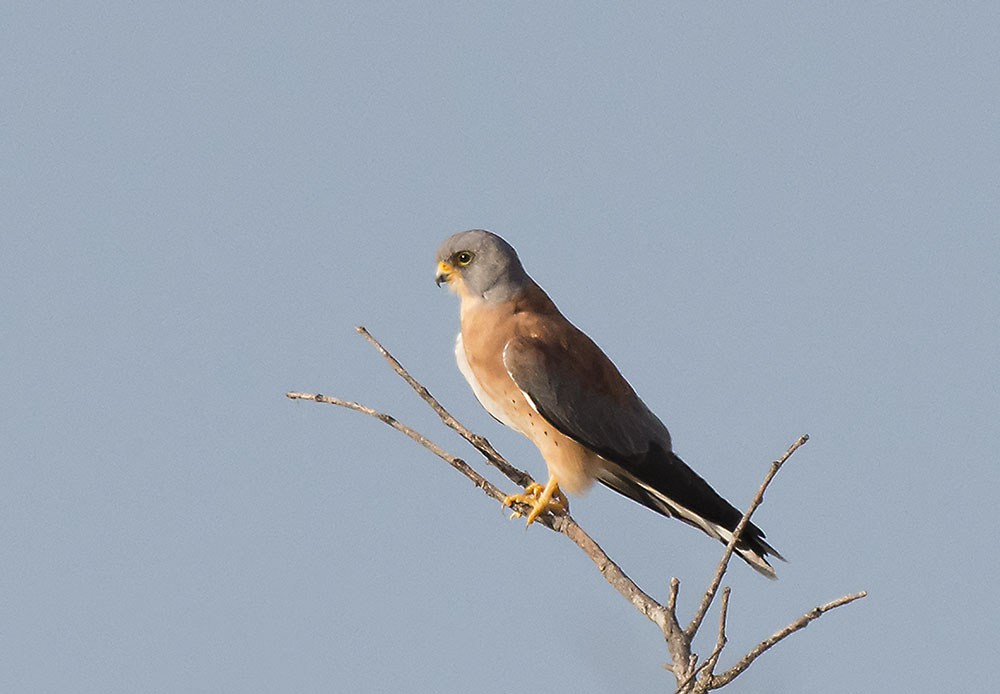
Friday, 12th
This morning we are going to do our NE road, but in reverse. Along the main, east-west road we come across a pair of beautiful Greater Kestrels.
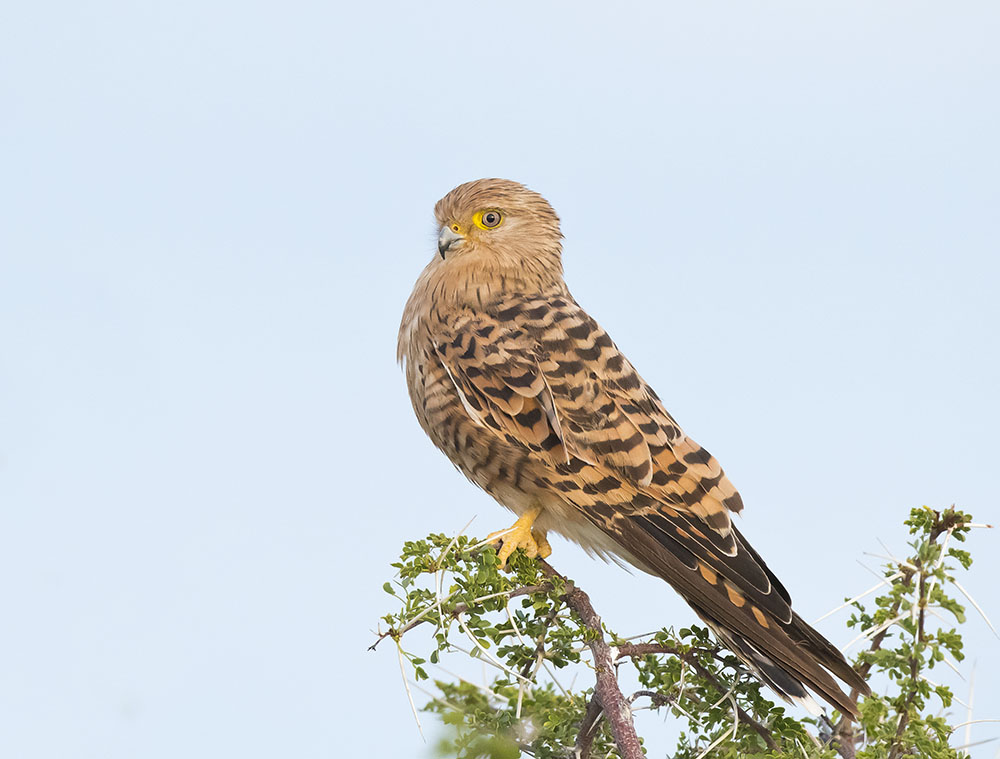
Etosha faced the near extinction of the “Black-faced Impala” – which is also found in east Africa. That they are now flourishing, especially in the wetter eastern Etosha, is borne out by the fact that we never saw ‘normal’ impala.
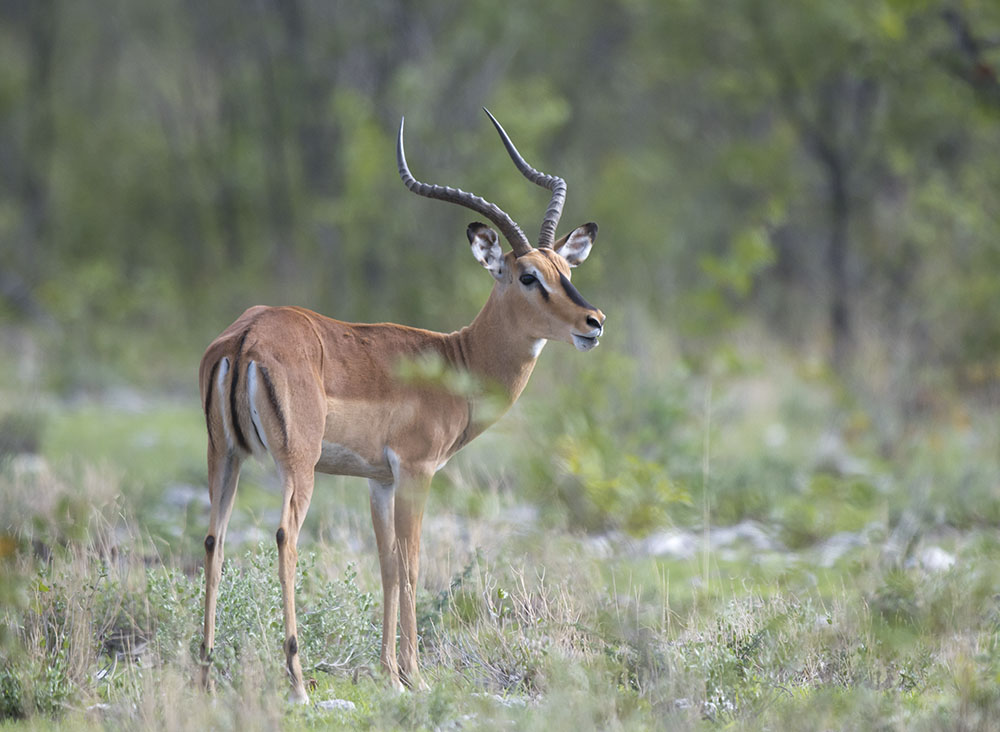
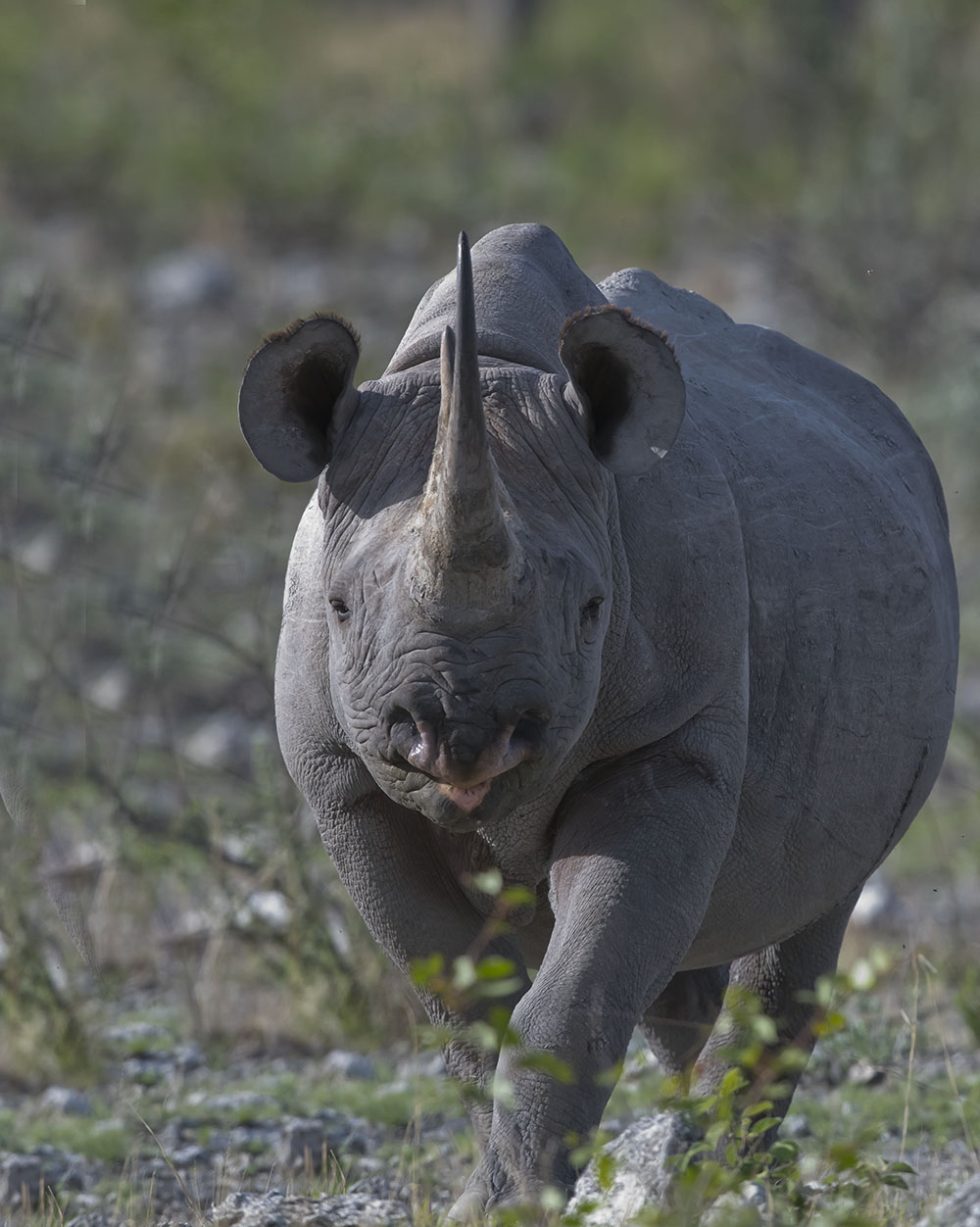
Halali Camp contains some birding specials that Steven and I are keen to photograph. Our luck is in today as we stroll about camp with our tripods and cameras.
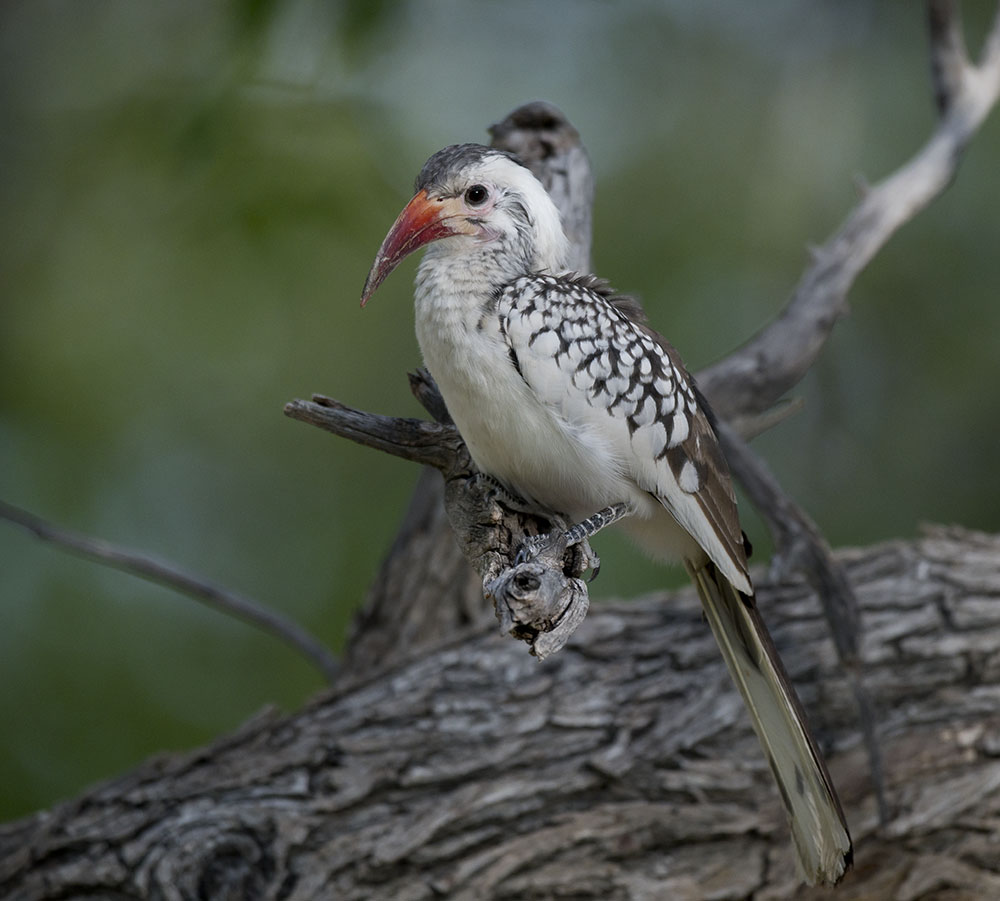
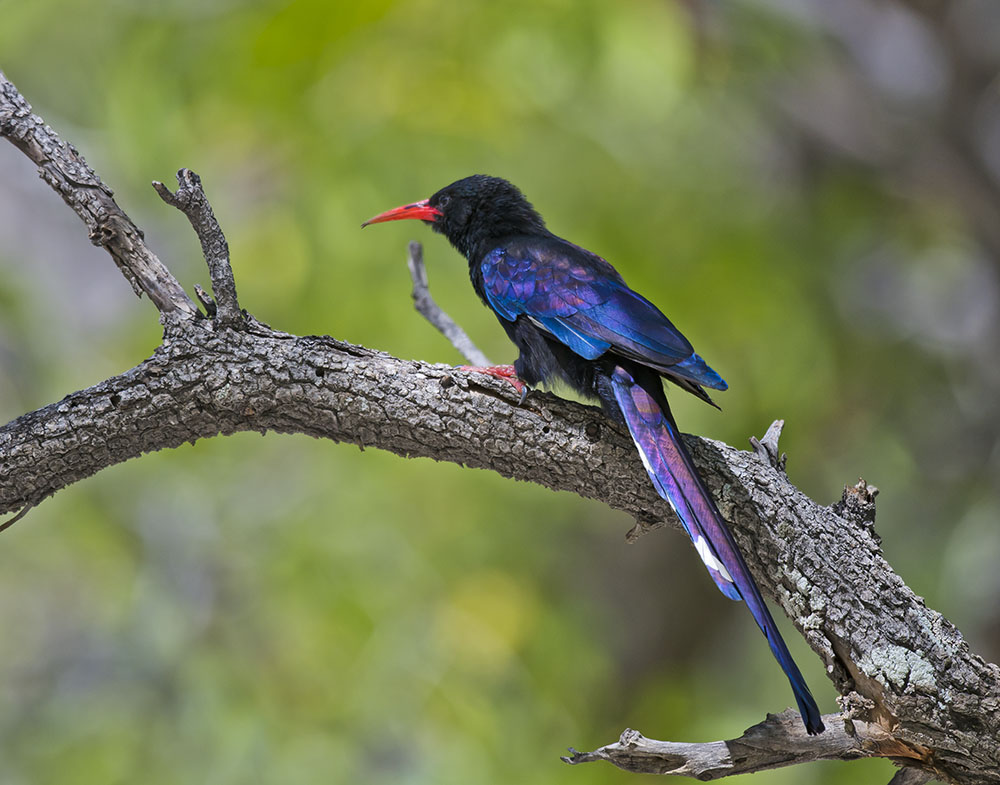
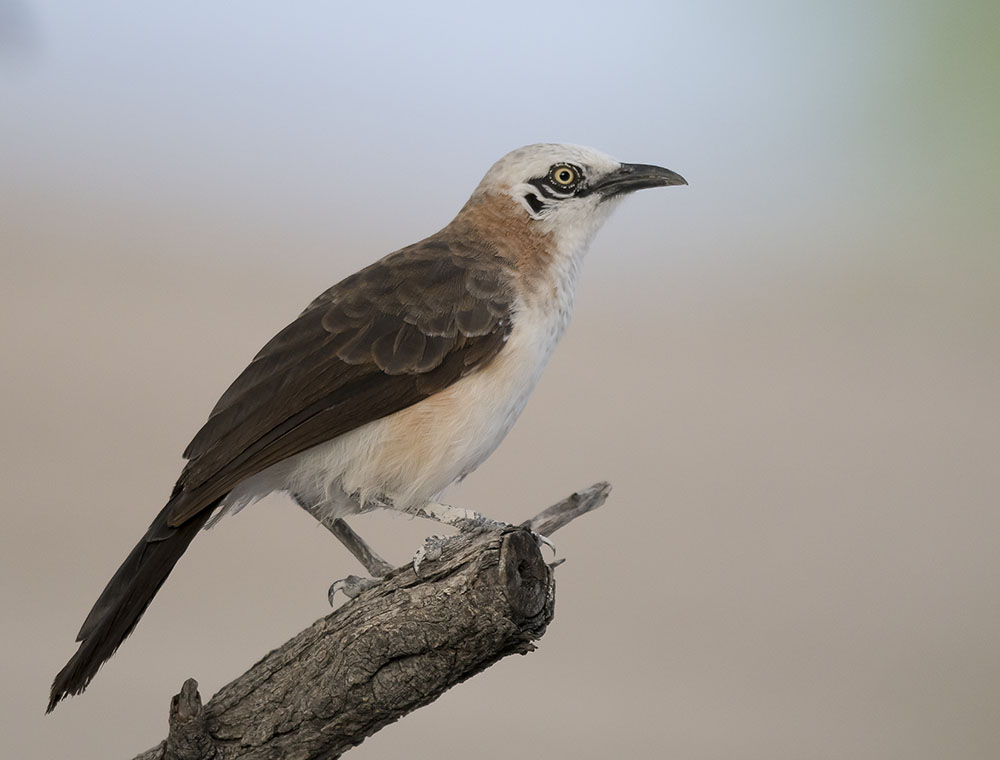
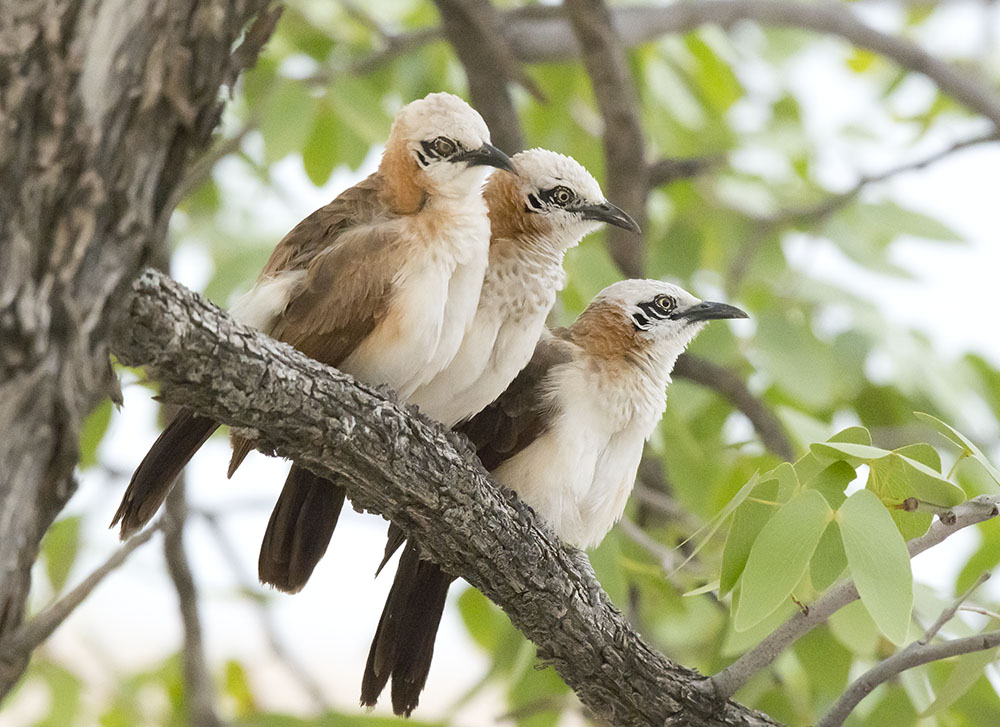
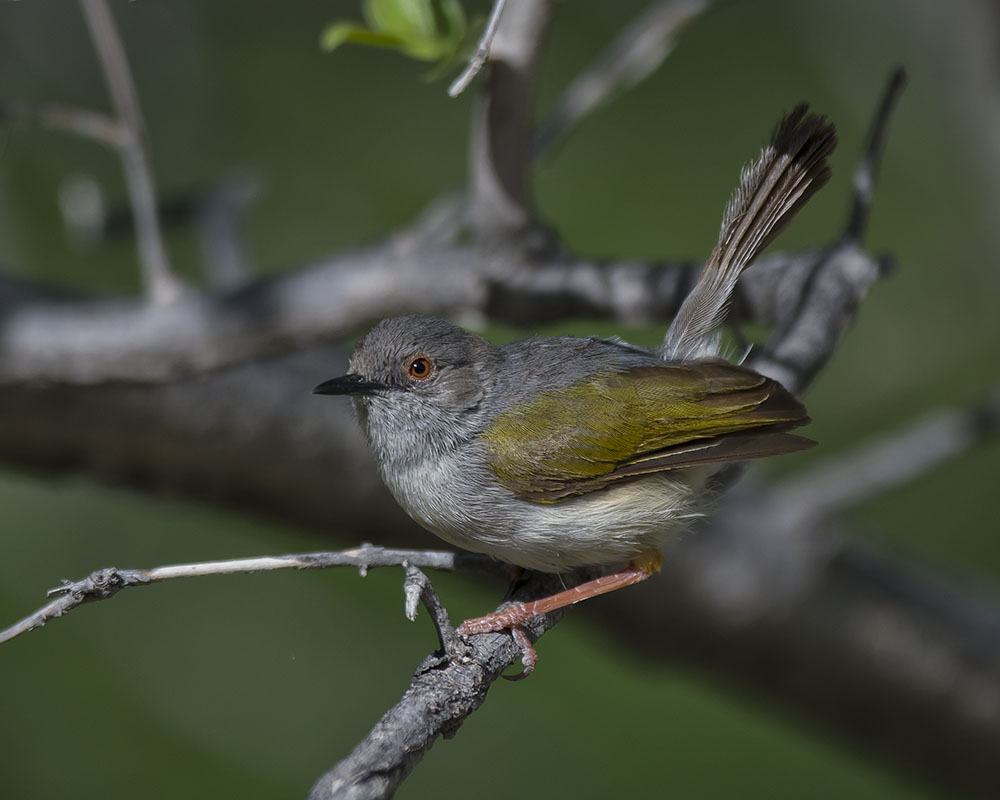
Like Okaukuejo, Halali is famous for its beautiful waterhole – especially at sunset. Sited on the flanks of the koppie, it provides a great vantage point.
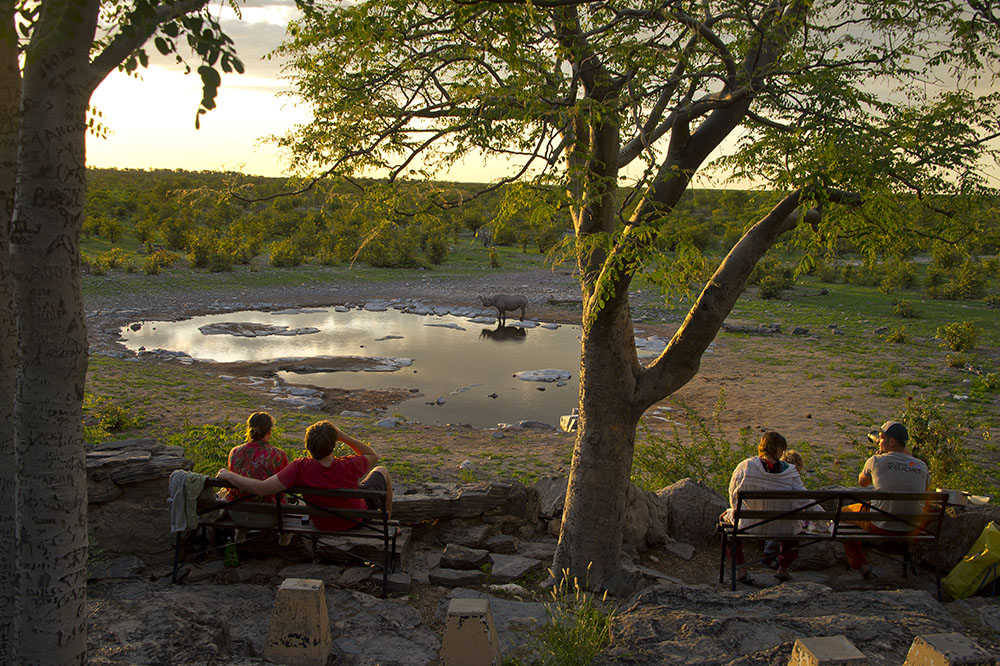
Saturday, 13th We spend the day wandering about the roads close to camp. Nearly every day is the same weatherwise. At sunrise the sky is cloudy but clear on the eastern horizon – leading to lovely sunrises.
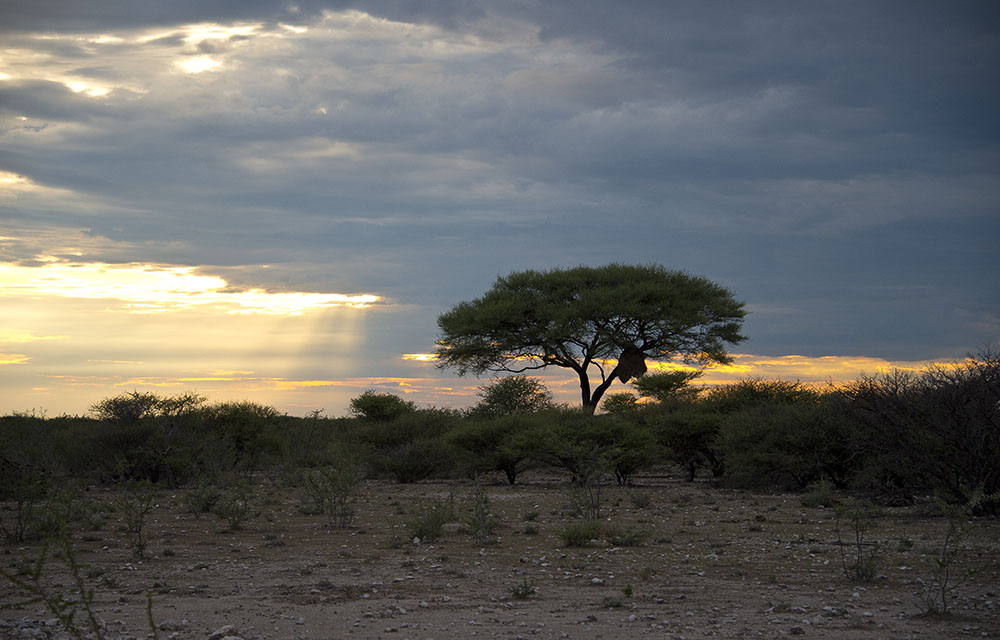
By midmorning the clouds have been burnt away and the sky clears but the temperature is not excessive. Low thirties. After 4pm the clouds build up rapidly and scattered thunderstorms sweep across the plains.
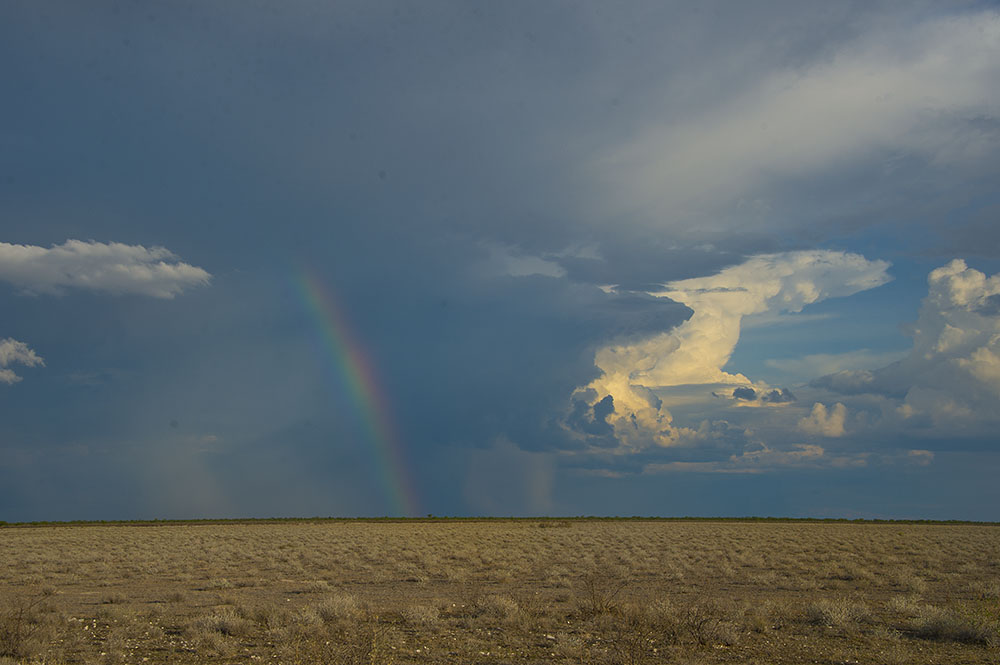
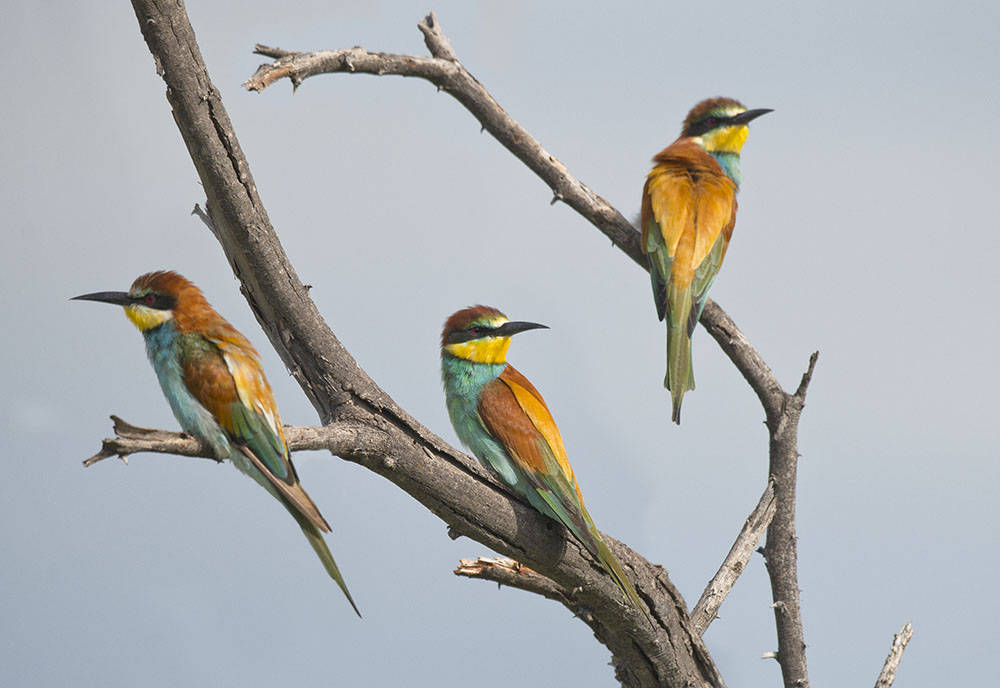
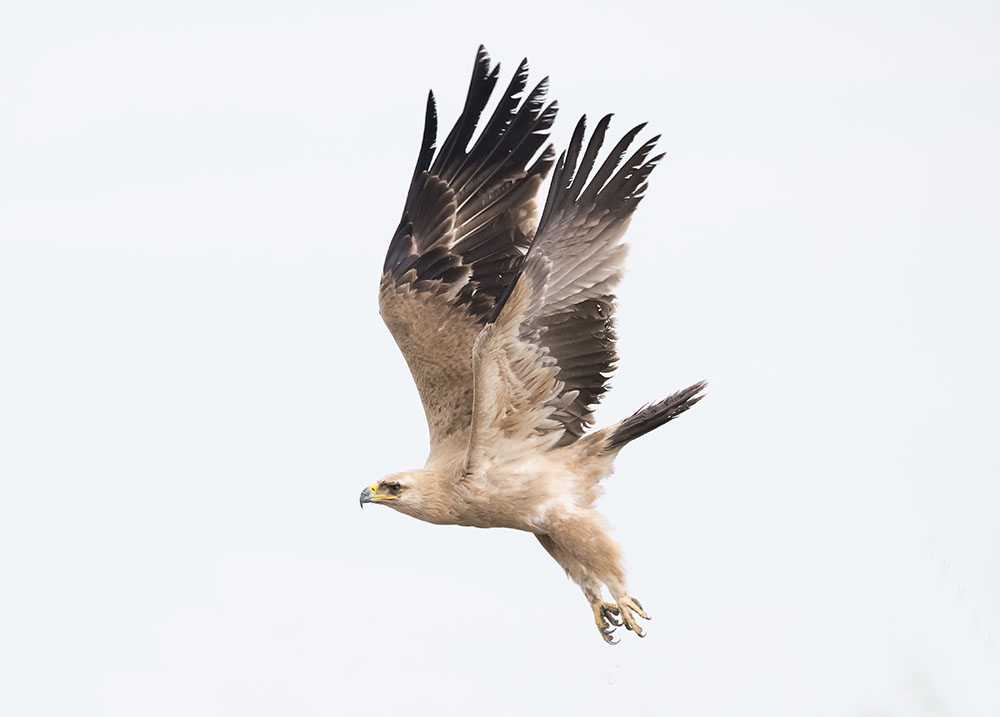
Sunday, 14th Today we move to Namutoni on the east side of Etosha. Again the distance is 75km. We make an early start. A flock of Abdim’s Storks come flying down the road towards us.
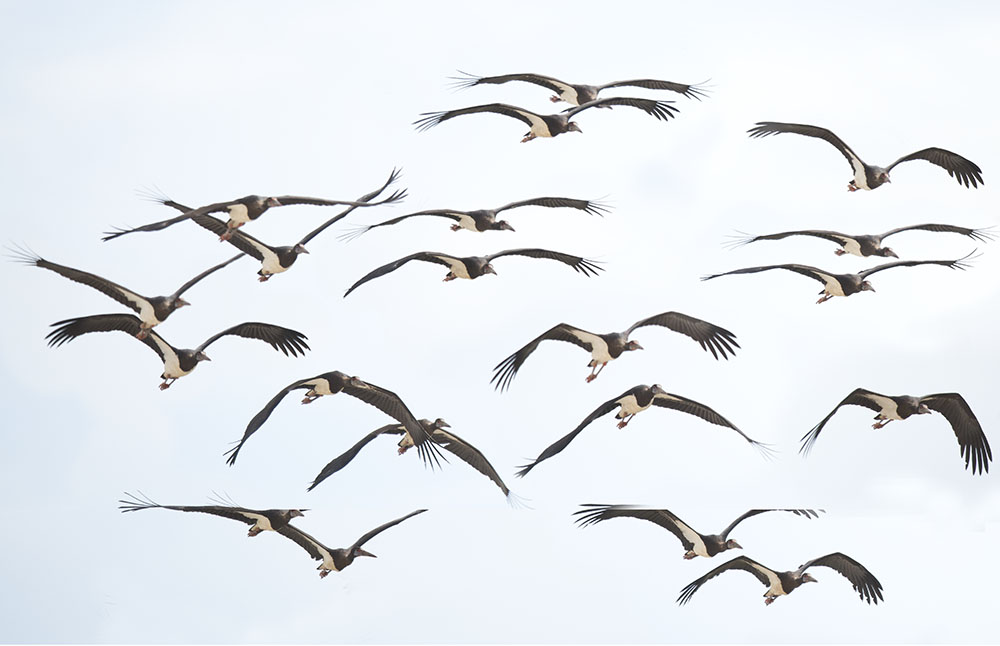
And so onto our last lap, Namutoni Camp, famous for its old German Fort. I will continue our tale in Etosha Part 3 shortly ………….

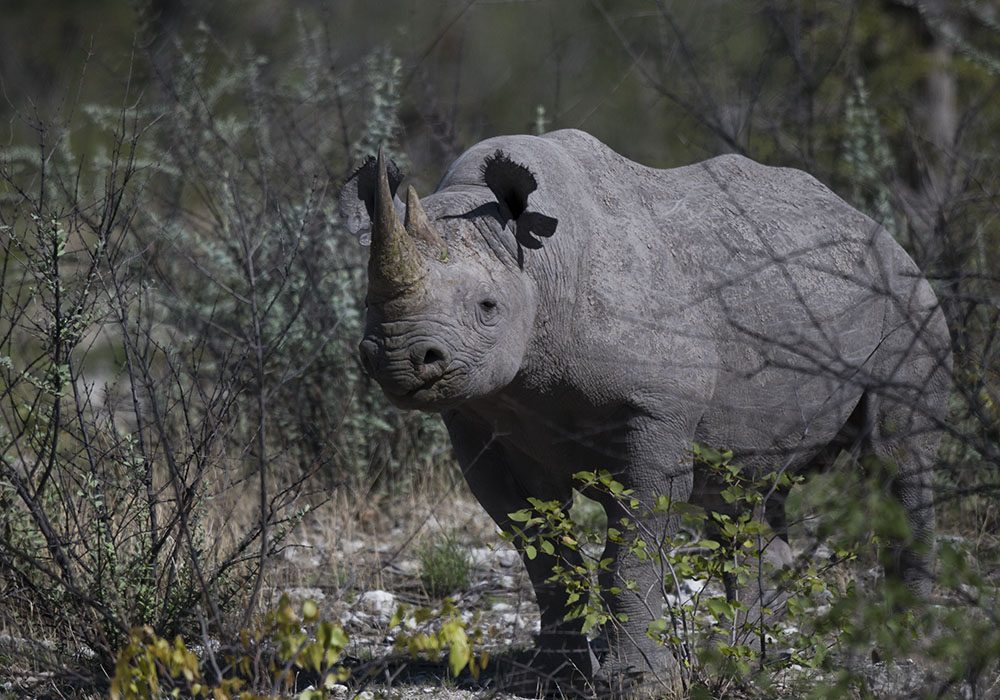
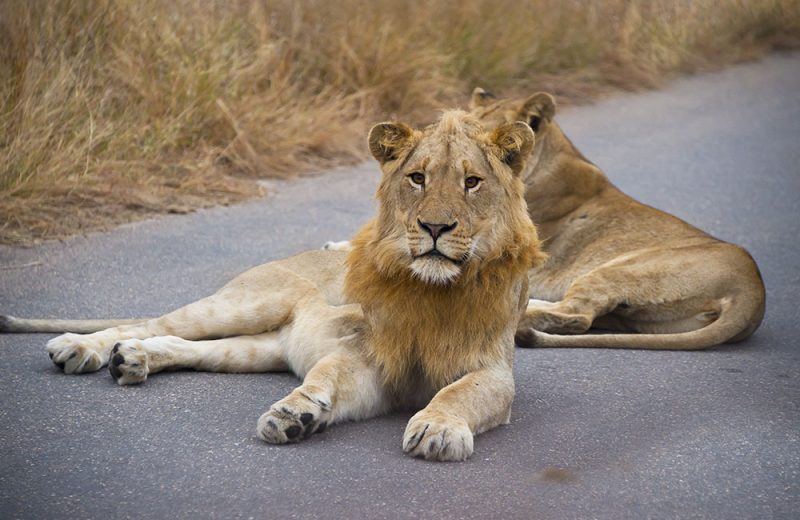
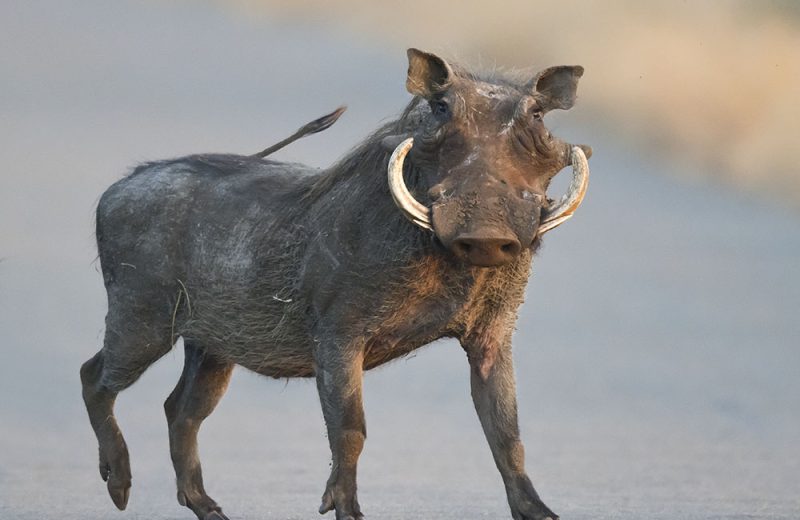
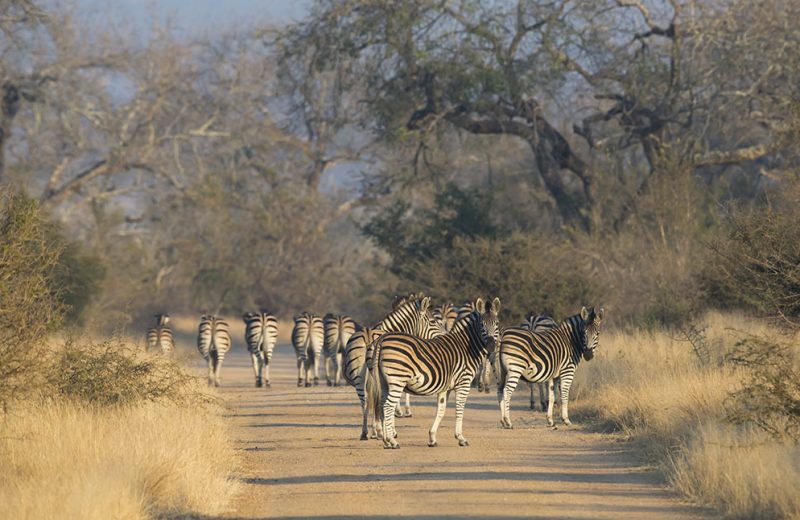

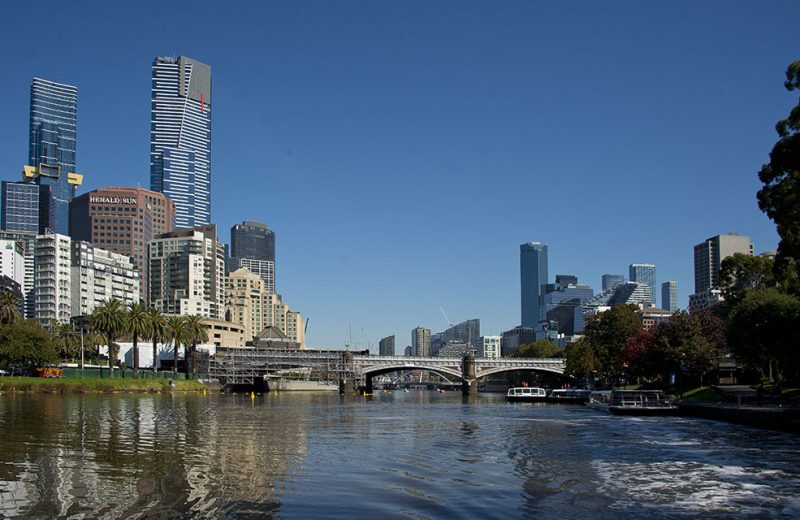
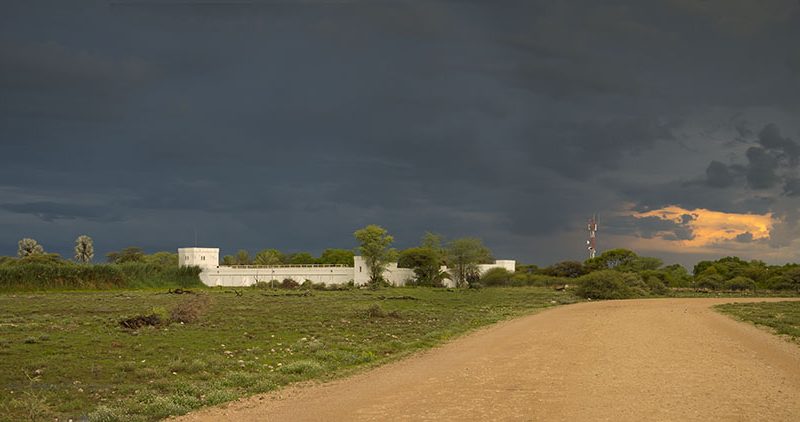
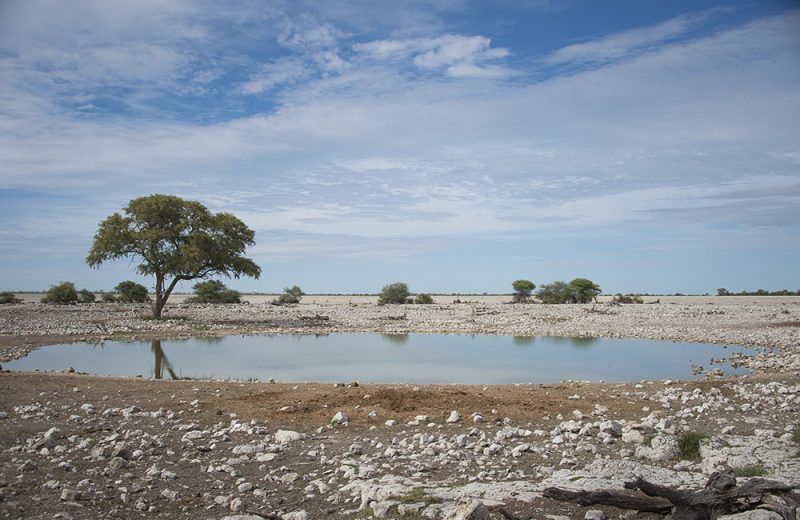
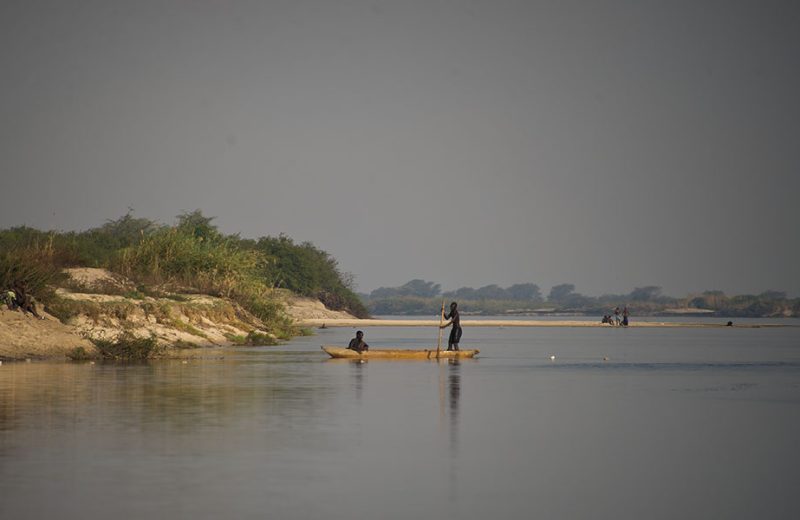
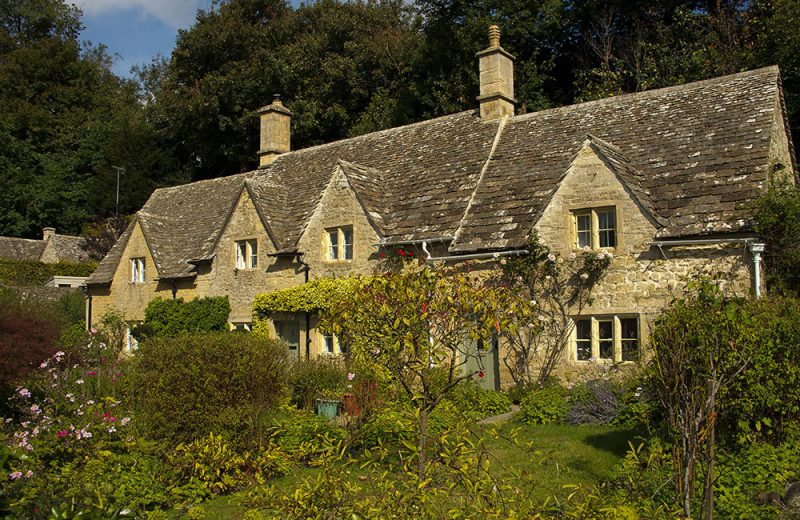
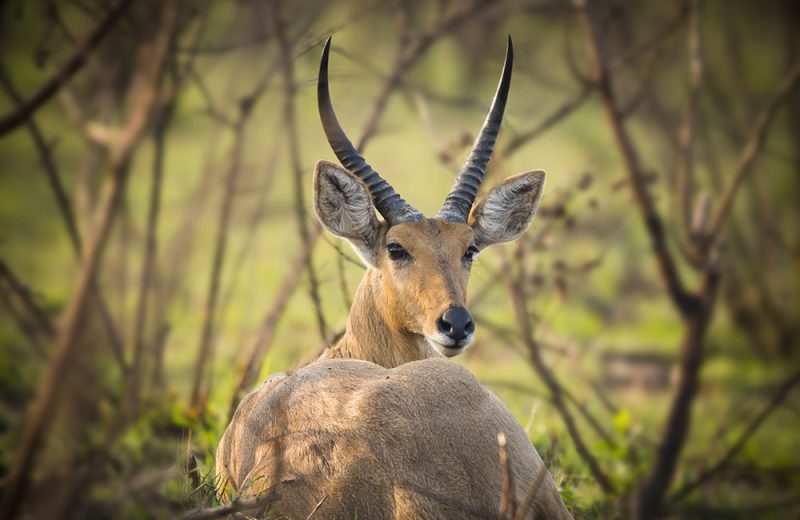
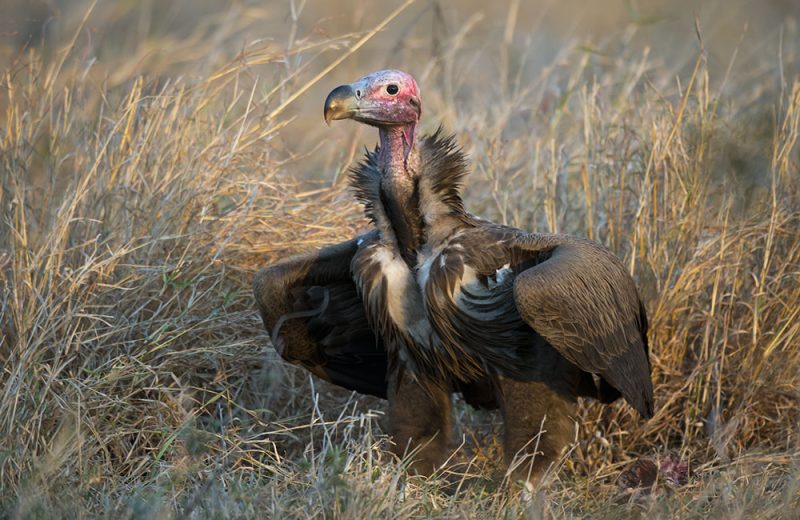
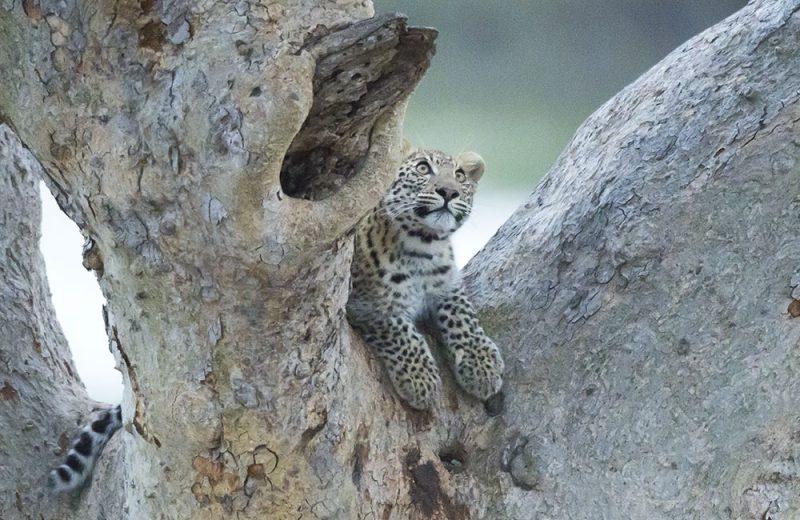
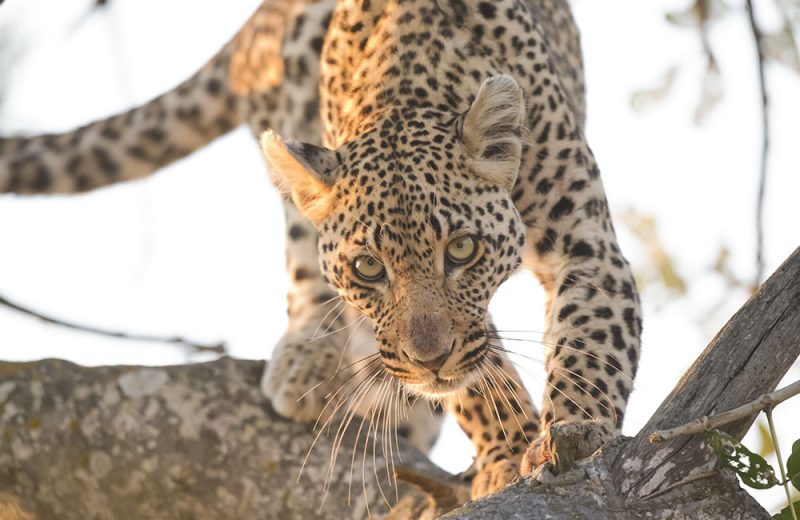
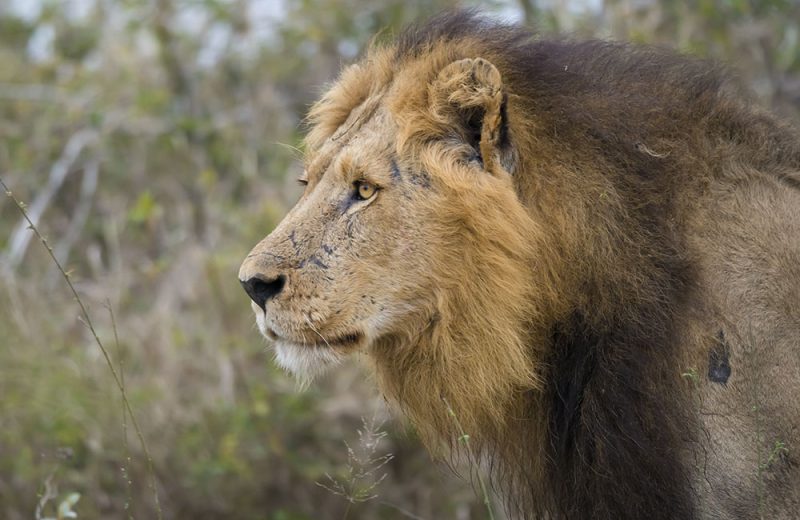
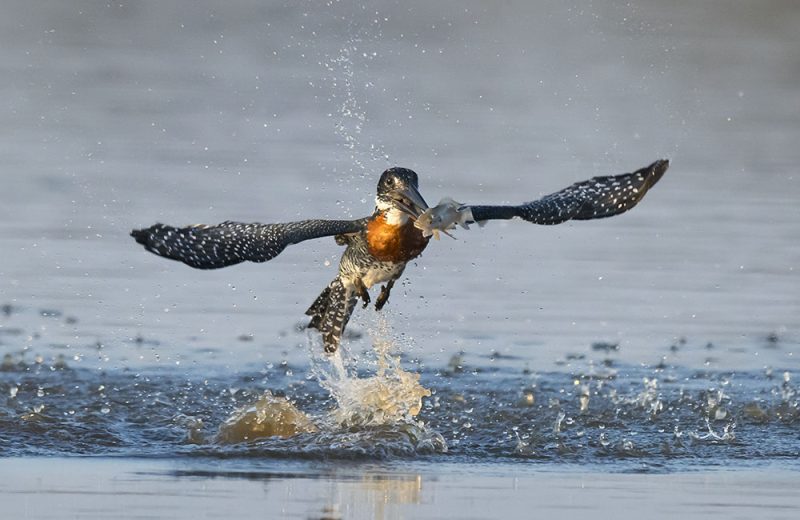
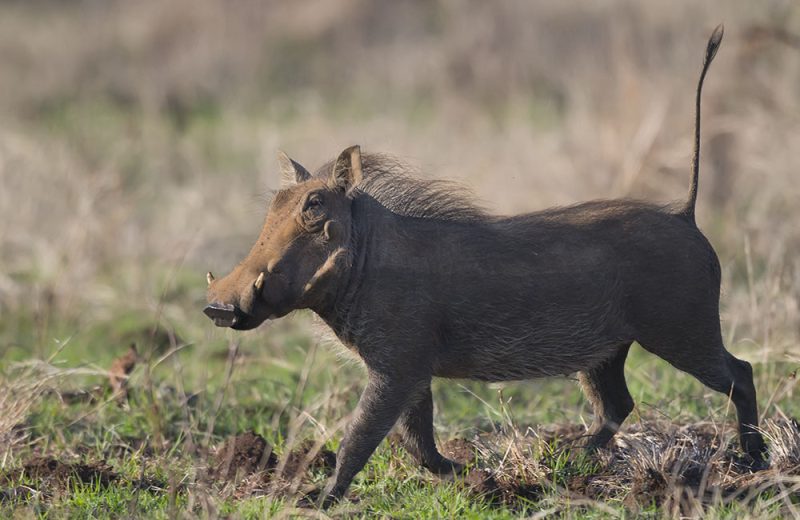
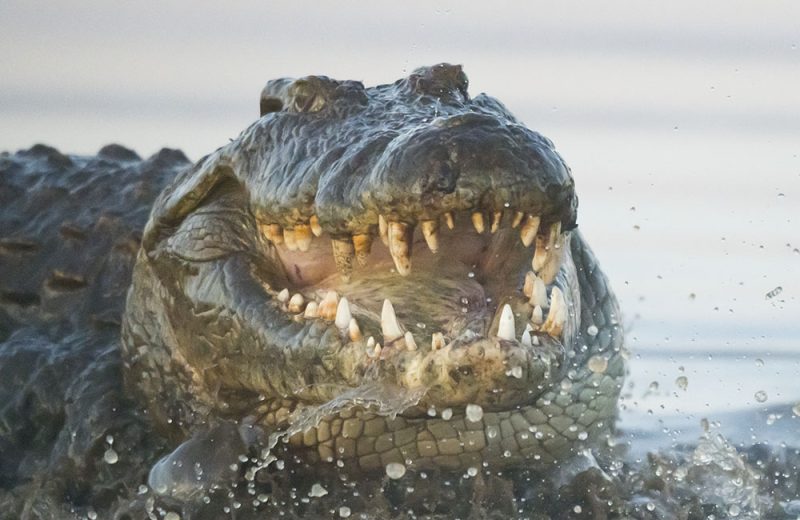
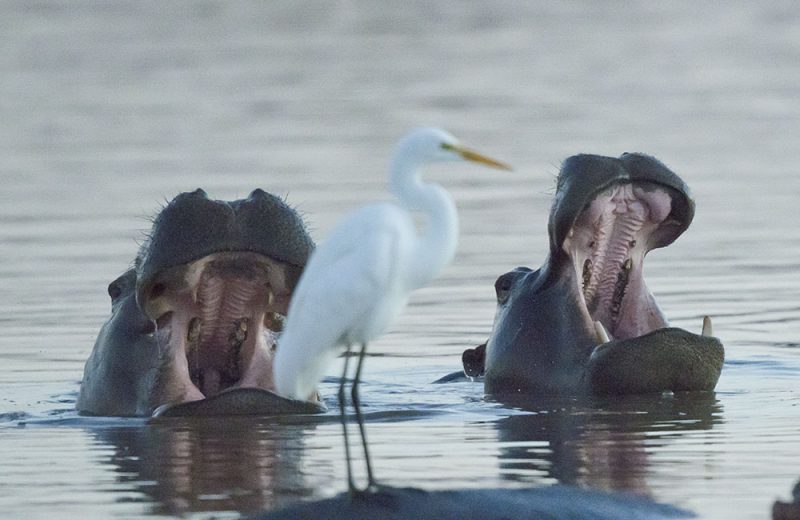
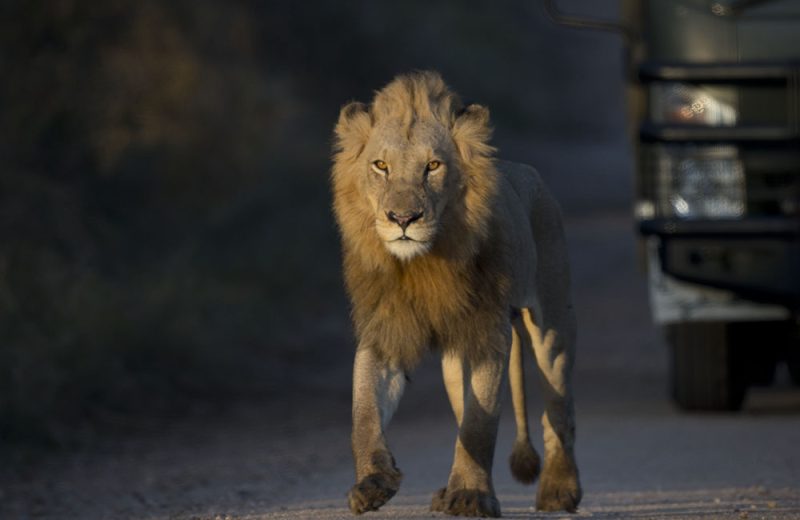
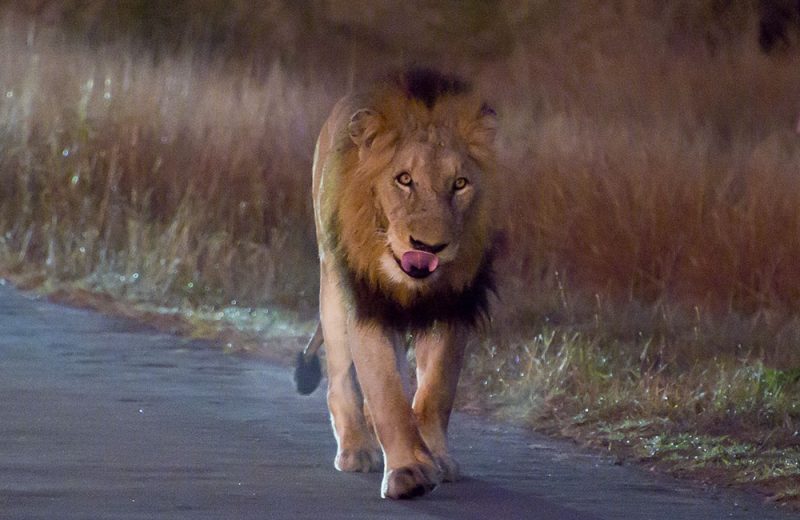
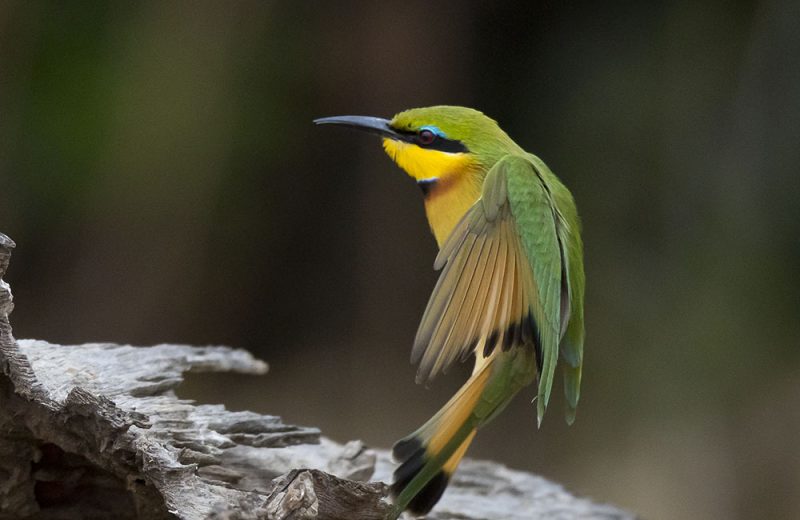
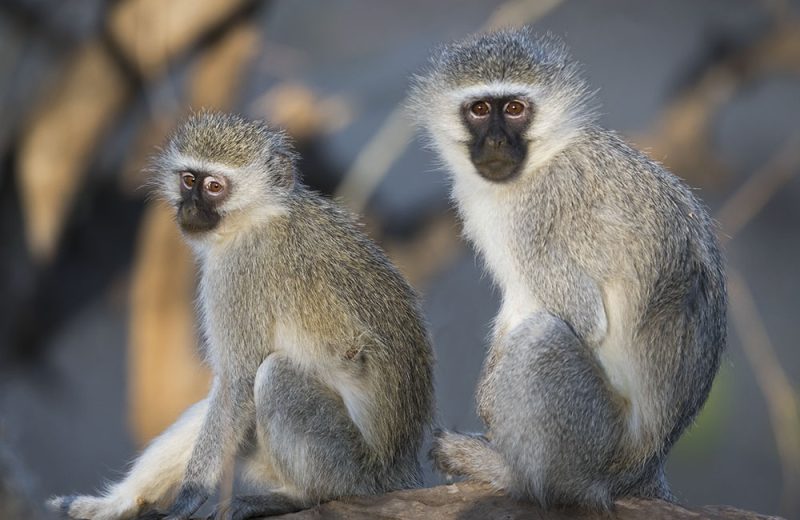
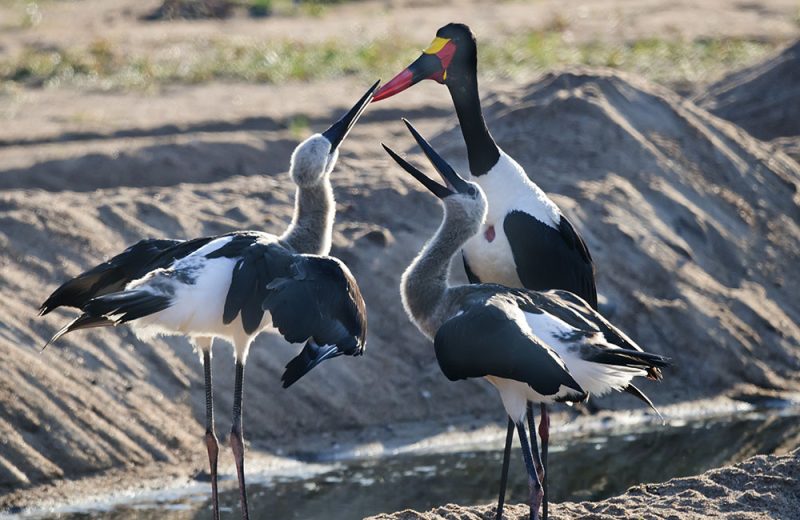
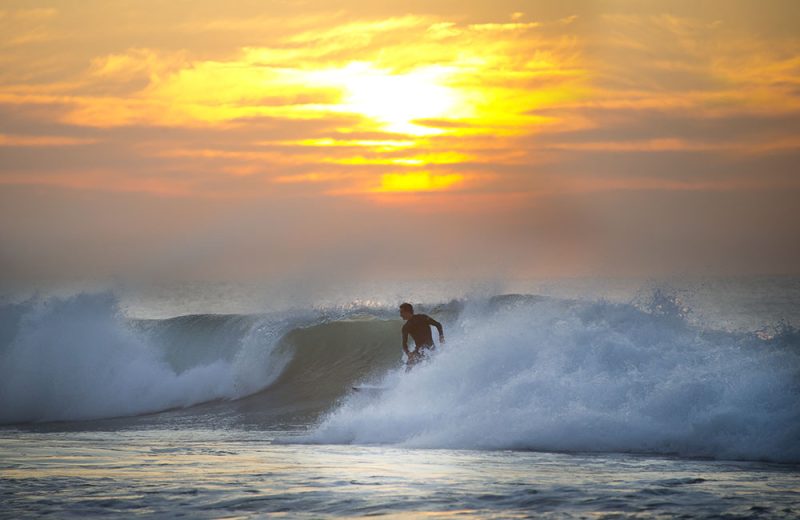
3 Comments
Dave McGaw January 22, 2024 at 2:48 pm
Thank you Fred, Lovely pic of the Rhino facing you.
Gordon Crowther January 23, 2024 at 1:34 pm
Such a pleasure to read your writings – thank you Fred!
Richard Grant January 23, 2024 at 4:00 pm
What a lovely trip it was Gordon. We hope to see you again in Devon quite soon.